This piece was provided by CODO Design, a food and beverage branding firm. Join 5,500+ other beer industry pros who receive the Beer Branding Trends newsletter each month covering trends, currents and actionable advice from the front lines of beer branding.
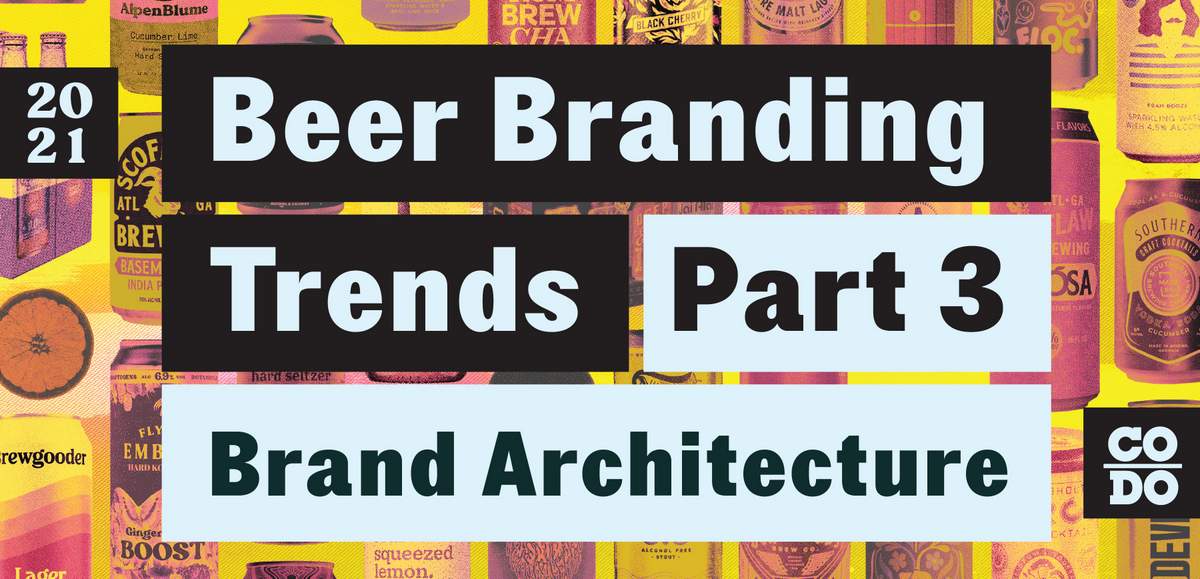
What is Brand Architecture?
A framework for scaling your brand
Brand Architecture is a framework for determining how all of your brands, current and future, interact with each other. How do specific brands relate or differ, how are they positioned and named, how are they priced, and how does all of this help you build your business?
We’ve met with more than 50 breweries over the last year who were planning to launch some sort of extension (e.g. a hard seltzer or RTD cocktail). And a recurring theme from all these project inquiries has been how to brand the new product. Should it be branded alongside our beers or should we develop a specific name for it? Will making a non-beer product compromise our brewery’s reputation and positioning? What if the whole thing flops? Or, what if it sells better than our beer?
These are all Brand Architecture questions. And we’ve seen a new focus on this subject over the last few years as breweries extend their brand into other categories within the Beyond Beer space.
Brand Architecture implications of getting into the Beyond Beer space
One of CODO’s most common projects over the last few years, in addition to rebrands and packaging refreshes, has been helping breweries work through Brand Architecture issues. We’ve helped breweries thoughtfully launch new extensions, or conversely, rein in a confusing array of existing products and sub brands.
This is interesting because, as previously mentioned, more breweries are taking their brand seriously. Launching a Beyond Beer product under your brewery’s brand is a big decision. And Brand Architecture can serve as a guide for pressure testing your decisions on how to name, brand and position these products.
This goes deeper than how you name and position a particular product. It forces you to think about what your brand stands for. What business are you actually in? And if done right, these new products can make your overall brewery business more resilient. They can increase your revenue, bank role other fun projects and allow you to continue building the type of business that has real meaning and purpose for your employees and your customers alike.
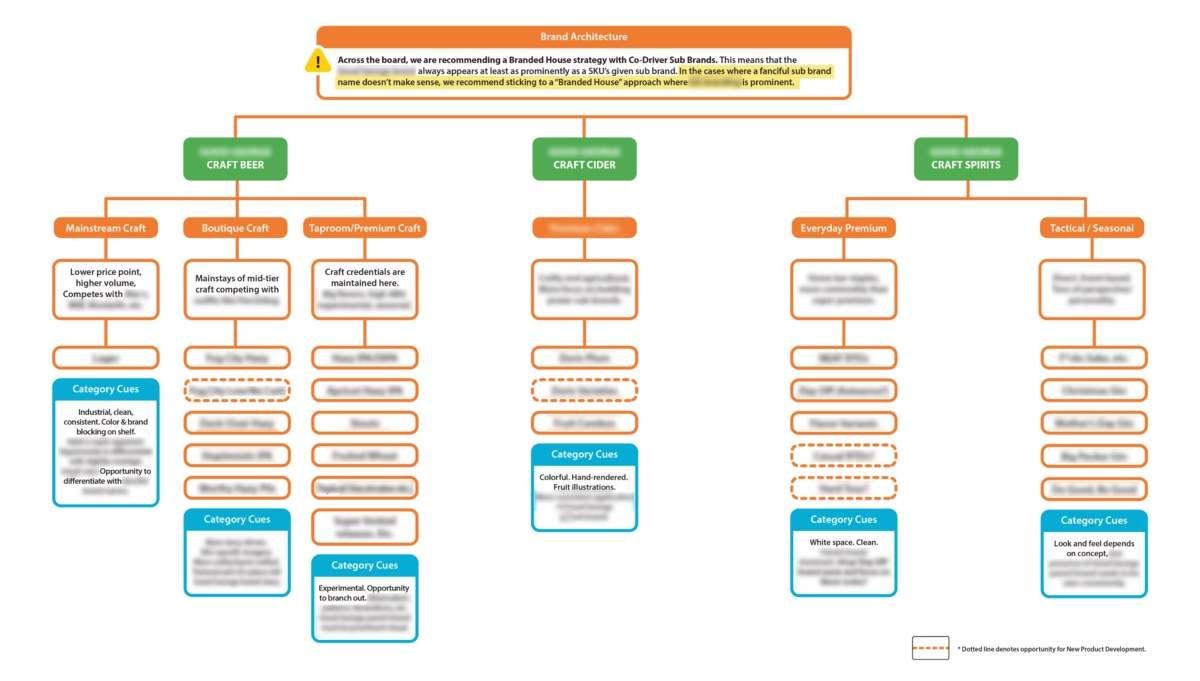
The “accidental” hospitality group
Oops. Built an empire
One of the largest trends coming out of the pandemic has been breweries who had no intention to ever package their beer be forced to do just that to stay viable during lockdowns. And over the last year, it’s been rare that we speak, or work with, a brewery-in-planning who will not be packaging out of the gate.
What’s interesting is that we’re also seeing these same groups (who are packaging as a hedge against future disruptions) planning to double down on the tap room model. Specifically, the multi-concept (hospitality company direction) or satellite taproom model.
What this means from a business perspective, is that today’s brewery founders are thinking beyond their initial brand from Day One. They’re looking at the rest of their community — all those beautiful old, unoccupied buildings, and the new people who may soon move into the area — and thinking about how they can make a bigger impact and build a more robust business.
We’ve worked with dozens of breweries who ended up becoming accidental hospitality groups. An offer on a new space may be too good to pass up. So you move on it. Do this a few times and you can end up with a burgeoning empire.
From a Brand Architecture standpoint, putting in new concepts and locations presents an important question. How do you brand, position and name all of these businesses? How do they, or don’t they, relate to each other? Is your parent brand present on these concepts or do they stand on their own in their respective communities?
If nothing else, this trend leaves me feeling hopeful. If more breweries are doubling down on multiple locations and on-premise concepts, then there’s light at the end of the COVID-19 tunnel. It signals that we may all be back in taprooms like in the before times sooner rather than later.
Style-forward vs. fanciful beer names
Getting your house in order
In the early days of the craft beer boom (early 2010’s), most of the breweries we worked with would develop fanciful names for all of their flagship beers, if not every single new release.
As more existing breweries did this (and as newer breweries coming to market followed suit), we saw a shift towards using a more universal, parent brand-forward naming convention. So you would have XYZ Brewing Hazy, XYZ Brewing Pils, XYZ Brewing Baltic Porter, all without any specific SKU names.
This had two benefits. First, it allowed you to build the brewery’s parent brand at every customer touchpoint (a good move for new breweries). And second, from a more utilitarian standpoint, it allowed you to avoid the headache of trying to develop a new beer name altogether.
What we’ve seen many of our clients deal with is that over time, your brewery may end up with one or two core beers with a name and one or two other cores that are not named (e.g. XYZ Brewing Pils). Throw in other mitigating factors like SKU rationalization, ever-increasing competition, along with the possibility of setting yourself up for future extensions, Sub Brands and variety packs, and we’re seeing more breweries going back to fill in the gaps and naming those core beers.
This is a common pain point we hear when working with breweries who are undergoing a packaging refresh, and it presents an important decision to make. Do we ditch the few names we have or add some new names to the mix? If you’re in this boat right now, I’ll offer some food for thought. You can build a brand, or more specifically, a Sub Brand, around a great, fanciful beer name. This is much harder to do with XYZ Brewing Pils.
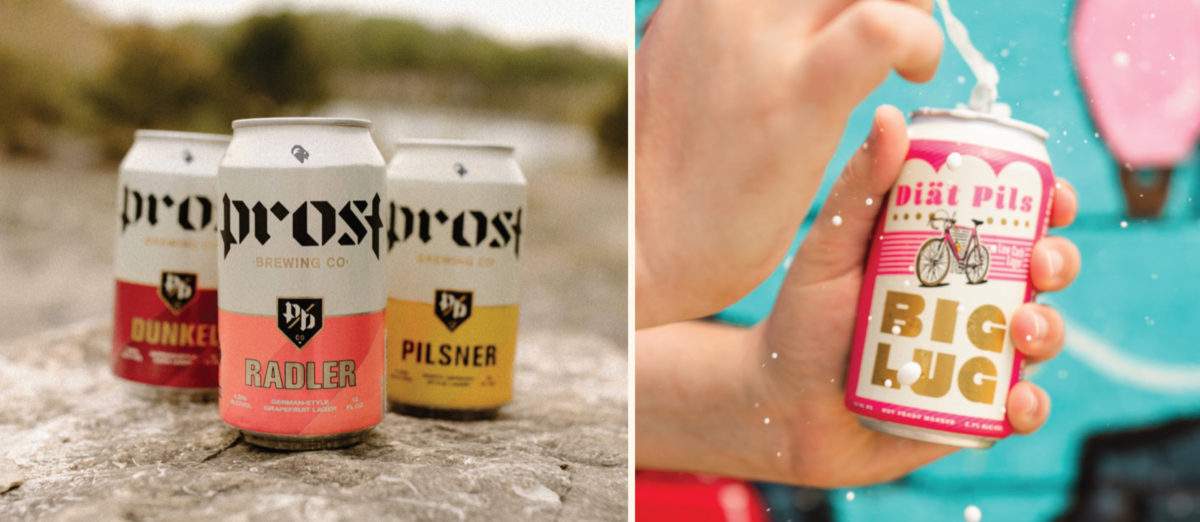
Era of the craft beer platform?
Strength in numbers
Artisanal Brewing Ventures. Boston Beer x DogFish Head. New Belgium (Lion) x Bells. Sweetwater x Green Flash. Constellation x Coca-Cola. Monster x CANArchy…
M&A’s and rollups have been happening in beer for years. But it seems like the future will hold more of these moves, particularly at the upper echelons of craft. But down here, closer to Earth, I suspect we’ll some interesting, smaller partnerships start to emerge as well.
The traditional reasons for these deals will still hold:
- Achieving logistical synergies
- Expanding geographical relevance
- Filling holes in a larger portfolio
- Creating bigger brand-building opportunities
- The ability to scale more easily
- Creating access to a shared distribution network
- Building more buying power
But the surprising moves may happen more in inter-category mergers and partnerships. A traditionally non alcoholic beverage (or CPG food) company may partner with a brewery or spirits brand to access its distribution network. And a brewery could contract with a vertically integrated, specialty brand — e.g. cold brew coffee, soda or cannabis company — to spin up a new brand faster than if it attempted to do so in house.
I’m not sure what this means for smaller breweries out there other than to keep your mind open to what a partnership with another group can might look like over the coming years.
Read the rest of this post over on CODO’s site.
Join CODO’s Beer Branding Trends newsletter for monthly field notes covering trends, currents and actionable advice from the front lines of beer branding.

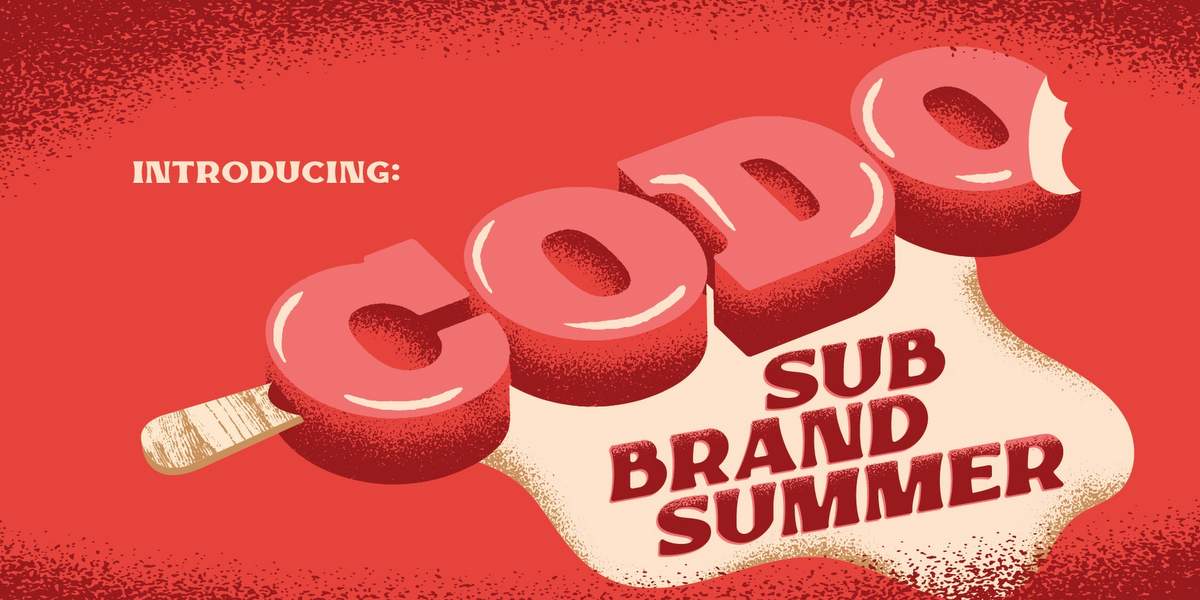
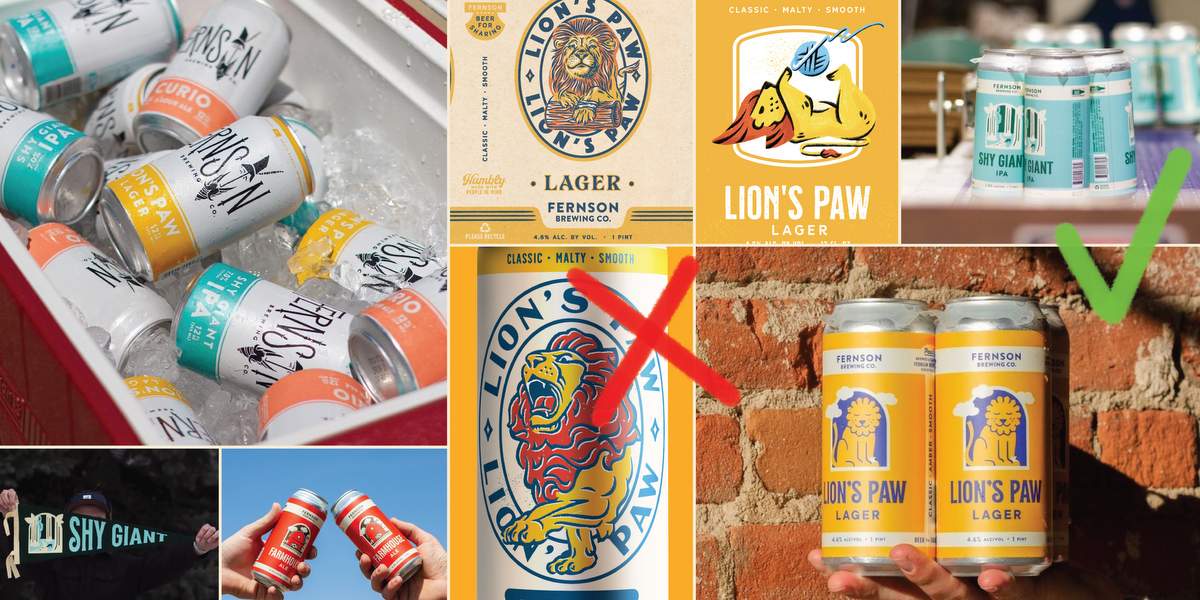
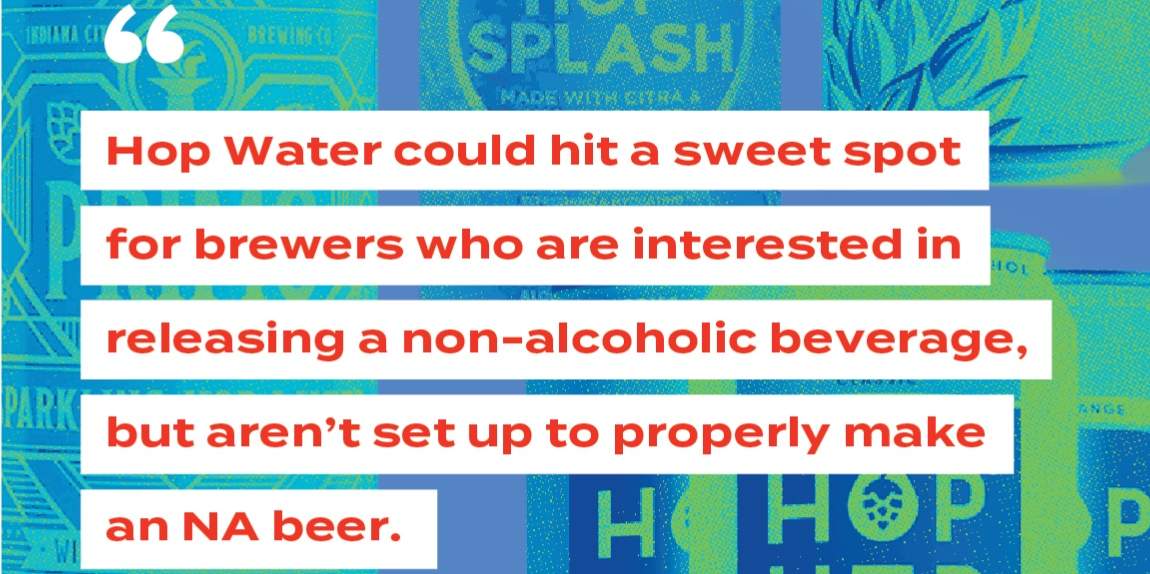
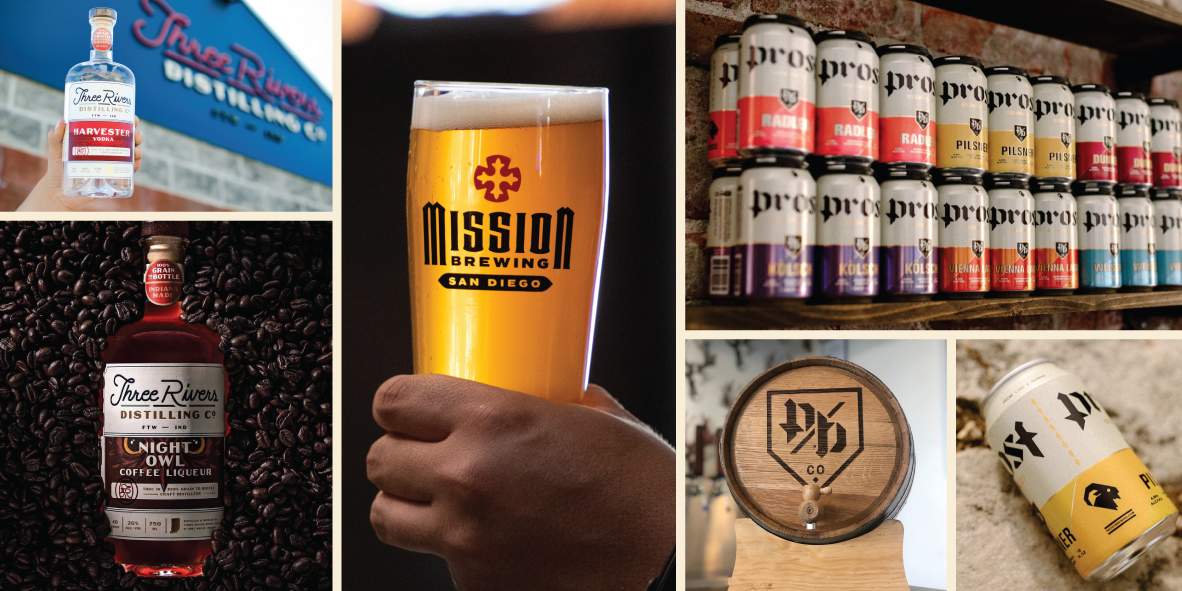
Leave a Reply
You must be logged in to post a comment.